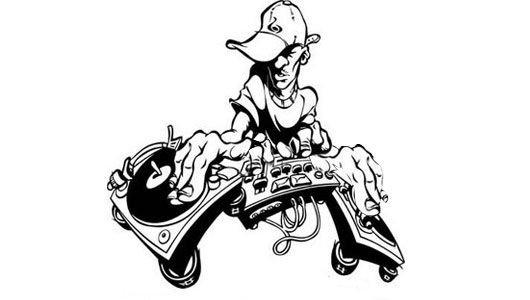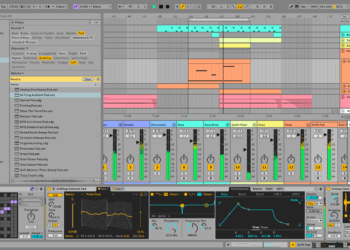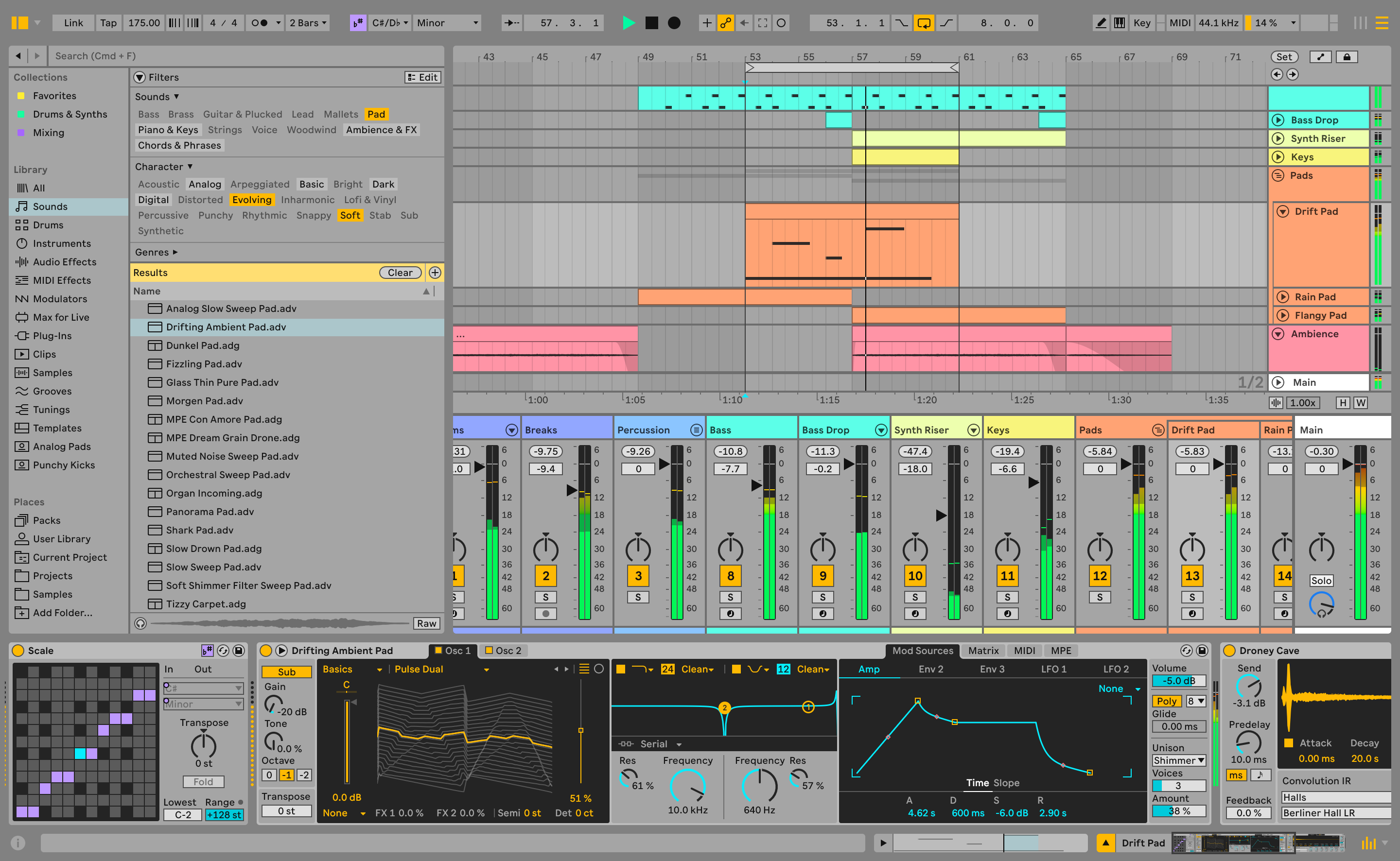Do you find yourself needing 4 hands in the middle of a set? The fundamental principles of mixing tracks are; balancing the EQ and keeping volume levels even through a transition. This may sound simple, but often in the heat of a mix several of these factors need to be handled at the same time. The most frequent problem is trying to turn down the bass on one track while raising the bass and volume on the other and somehow managing to keep everything in time. Considering that the average DJ only has 2 arms and usually about 3 drinks in him, there has to be a way to make that process easier right? Yes- and the answer is smart mixing.
Where did it all start?
- Create a quality smart-mixer that is easy for anyone to try.
- Address the problems of cuing within a smart-mixing setup.
- Create an smart-mixer using only Ableton Live 7 native effects.
Why Smart-Mix?

Step 1: Download
Click here to download the Live 7 file
This file is fully compatible with Ableton Live 7 and 8
Step 2: Map Your Controller
To fully utilize our smart mixing technique your going to need the following controls on your midi controller:
4 Buttons – 2 Band Select buttons and 2 for Smart Cue buttons
3 Knobs – 1 for low smart compression, 1 for high smart compression, 1 Frequency select knob
1 Cross-fader – For cross-fading between deck A and B
2 Volume Faders – For the volume faders of Deck A and B
Note that you must use a midi controller to control this smart-mixer, this is because changes to a smart-mixer rack need to be made in synchronization to the other 3 racks in the setup. Also Ableton 7 LE users will not need Smart Cue buttons.
Basic Mixing Controls
Assigning your midi equipment to the smart mixer controls is a pretty simple process. For this first step you will need to enter midi map mode and map the controls listed above as described in this picture below:
Smart Mixing Controls
Now that we have the very basic mixer controls assigned we need to map the smart compression racks that are found inside of the channels named SCA, CueA, SCB and CueB. In this step we are going map the same controls for all of the compression units in all 4 of these same channels. The smart-compression racks are setup in such a way that you only need to midi learn the macro knobs and all the tricky stuff is handled in the rack for you.
For this step you will need:
- 3 Knobs
- The Smart Compression Low Amount
- The Smart Compression High Amount
- The Frequency Splitter Knob
- 2 Buttons
- Deck A/B Low dominant frequency switch
- Deck A/B High dominant frequency switch
* Note – Map circles to knobs and squares to buttons.
Step 4: Experiment
Play around with the file and post your questions in the comments. On Friday we will publish more details on how the compression actually works, detailed answers to FAQ and we take a look at a brand new technique called Smart-Cueing.
Edit: Make sure to read the next part in the series which can be found here









